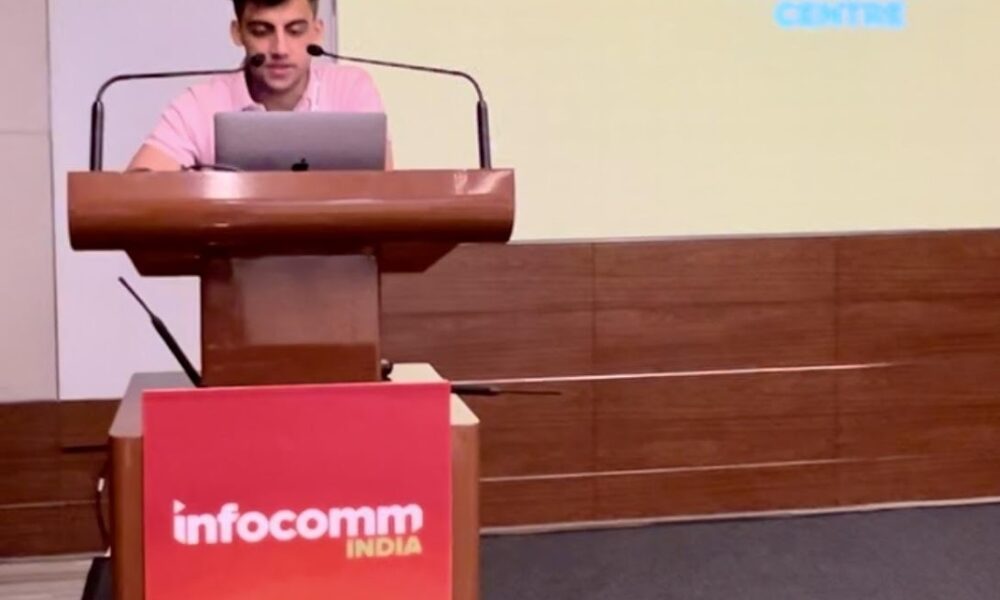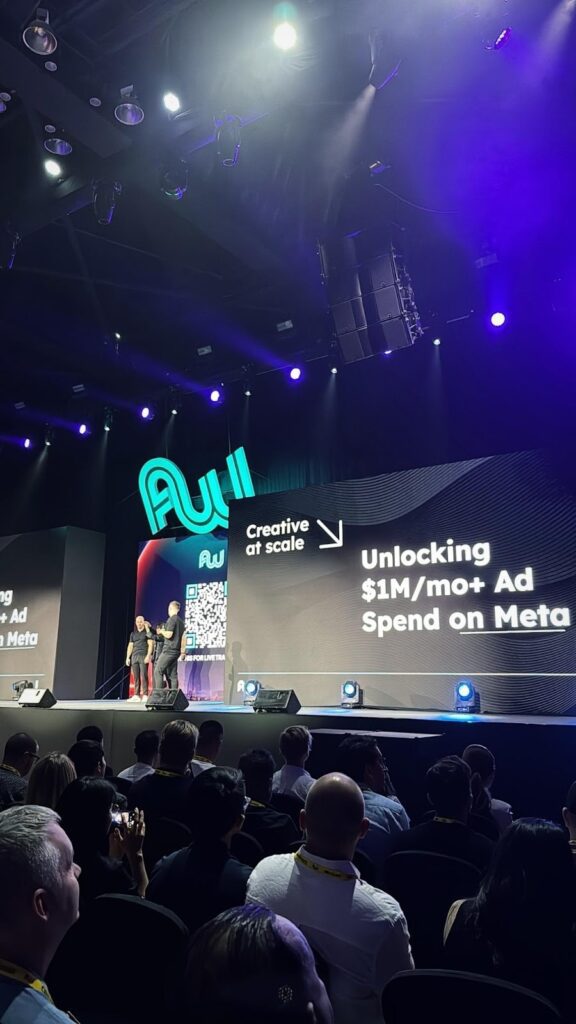Inside Meta’s Andromeda Update: Udai Veer Sharma Breaks Down the Platform’s New Creative Interpretation Engine

At the Global AdTech Leadership Forum 2025, a conference dominated by discussions on AI-led transformations, one session drew particular attention from engineers, product specialists, and performance advertisers. It was delivered by Udai Veer Sharma, CEO of JoinTheDots Adways, a company managing over $1 million in quarterly Facebook ad spend across finance, real estate, and e-commerce.
Sharma’s talk centred entirely on Meta’s new Andromeda Update, an overhaul of the platform’s creative interpretation layer. His analysis stood out not because of speculation or broad predictions but because JoinTheDots had already spent several months testing the update at scale before most advertisers became aware of it.
According to Sharma, Andromeda represents a structural change in how Facebook understands and ranks creative signals. Instead of evaluating an ad as a single coherent object, Meta now reads creative components at a far more granular level. This is reshaping how campaigns stabilise, scale, and decay—particularly for advertisers working in categories where clarity, trust, and intent are central.
Udai Veer Sharma noted during his session that the update’s influence was immediately visible in JoinTheDots’ largest e-commerce systems, where the company traditionally relied on multiple creative models to maintain stable ROAS. Under Andromeda, the behaviour shifted quickly: older winning creatives began fatiguing faster, early performance signals became more volatile, and scaling required a broader range of variations.
This led JoinTheDots to re-engineer its creative development process. Rather than increasing full production volume, the company expanded its variation depth. Sharma explained that a single well-structured video asset could now form the base for an entire creative ecosystem, provided the team generated 20 to 25 controlled variations each week. These variations included structural changes in the opening, modifications in hook delivery, shifts in pacing, and re-framing of UGC-style introductions.
“For us, it wasn’t about producing more content,” Sharma said in his address. “It was about producing more starting points for the algorithm to evaluate.”
This principle became especially relevant for e-commerce funnels, where consumer intent is frequently impulsive and early engagement determines stability. Sharma described how small shifts—alternate hooks, conversational openings, subtle UGC edits—caused disproportionately large differences in early learning signals under Andromeda. The update, he said, seemed to prioritise the earliest seconds of a creative far more heavily than previous models.
Finance and Ecommerce , two of JoinTheDots’ strongest verticals, experienced a parallel but distinctive pattern. These categories rely on trust-heavy communication, traditionally delivered through explainers, testimonials, and property showcases. Under Andromeda, human-anchored formats displayed stronger consistency than high-production visuals. Short direct UGC messages, transparent introductions, and structured problem-solution openings produced markedly more stable results.
Sharma emphasised that this did not represent a shift toward “simple” creatives but toward creatives that align more predictively with Meta’s new interpretation layer.
Internally, JoinTheDots has reorganised its creative operations to reflect these findings. The company now treats each video not as a finished ad but as a modular blueprint. Scripts are written to accommodate multiple hook variants, UGC segments are filmed with several pacing options, and each concept is designed so it can be decomposed into smaller testing units. The intention, Sharma noted, is not to game the algorithm but to create a dataset large enough for Andromeda’s AI systems to classify efficiently.
Throughout the session, Sharma maintained a strictly engineering-oriented perspective. He avoided the marketing jargon that often surrounds major platform updates. Instead, he described Andromeda as “a recalibration of Meta’s internal decision logic,” one that shifts competitive advantage toward teams capable of producing structured variation rather than static ads.
He closed his talk by noting that Andromeda marks the beginning of Meta’s movement toward a fully predictive creative model, where the algorithm’s interpretation of structure will dictate scale far more than manual advertiser strategy.
“Andromeda formalises something we’ve believed for years,” Sharma said. “AI handles delivery. Our job is to give it the right patterns.”






